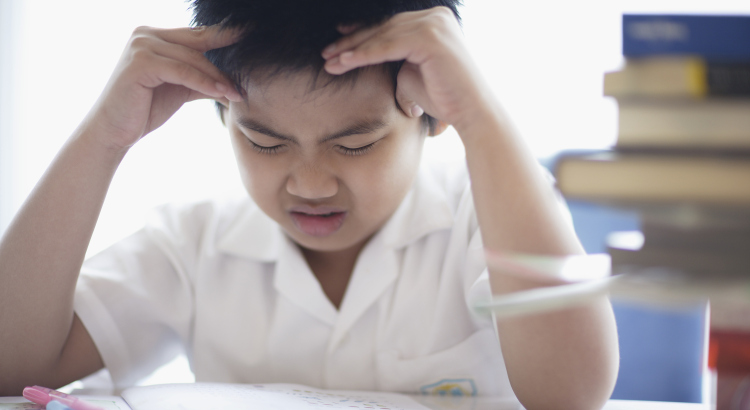PTSD Doesn’t Only Affect Adults – Teens are Vulnerable Also

PTSD and Teenagers
If you’ve ever been with soldiers just returned from the battlefield, you may have noticed that they seem to be on constant high alert. Their eyes are trained on the doorways. Sudden sounds trigger an instant grab for a weapon that is no longer strapped to their thigh. Sometimes small things set off a disproportionate anger response. These could be signs of post-traumatic stress disorder (PTSD). But PTSD is not a condition limited to battle-hardened soldiers. It can affect anyone who has been exposed to an intense trauma, including teenagers.
A large study conducted by Boston Children’s Hospital took a look at nearly 6,500 parents and teens affected by PTSD. The information was collected as part of the National Comorbidity Survey Replication, designed to examine how often mental disorders occur and what correlating events or conditions accompany them.
The team found that over 60 percent of the teens had at least one exposure to some kind of trauma. Another 19 percent had at least three exposures to trauma.
Trauma can be physical, as in physical abuse or witnessing/being the victim of violence, and it can also be sexual, such as incidences of rape or incest. It can be related to acts of God, such as surviving a hurricane or tornado, or it can happen due to an accident, like a car wreck. And it can be grief-related, like when a parent dies or divorces.
The researchers isolated some at-risk factors: not having both mother and father living with them in the home was one; another was having a mental illness, especially a behavioral disorder.
Not every teen who encounters or experiences a traumatic event winds up with PTSD, but of the teens in the study exposed to trauma 4.7 percent fit the diagnostic criteria.
The research team was also able to identify factors which place teens at high risk for the condition: girls showed a 7.3 percent lifetime prevalence of PTSD while boys showed only 2.2 percent; teens who had been raped showed a 39 percent lifetime prevalence; teens that had been physically abused by a supposed caregiver showed a 25 percent lifetime prevalence; a pre-existing mood or anxiety disorder also plays a factor.
The problem is bigger than perhaps most people realize. The National Survey of Adolescents found that four percent of all teenage boys and six percent of all teenage girls have diagnosable PTSD.
PTSD is treatable, but sometimes teens do not respond to treatment. Teens in the study who failed to recover either experienced further trauma, were poverty-stricken or had pre-existing bipolar disorder.
Signs that a teen may be struggling with PTSD include: having trouble sleeping, often accompanied by disturbing nightmares; weight changes; inexplicable aggression; being detached from surrounding circumstances and events. If a teen has experienced some form of trauma and then demonstrates these symptoms, it’s time to get them help.
Article Categories
- 12 Steps
- Addiction in the Family
- Addiction Infographics
- Alcohol Addiction
- Articles
- Drug Addictions
- Drug Rehab Center News
- Helpful Articles
- Holidays & Substance Abuse
- Mental Health & Addiction
- Real Life Addiction Stories
- Recovery Testimonials
- Relapse Prevention
- Substance Abuse Prevention
